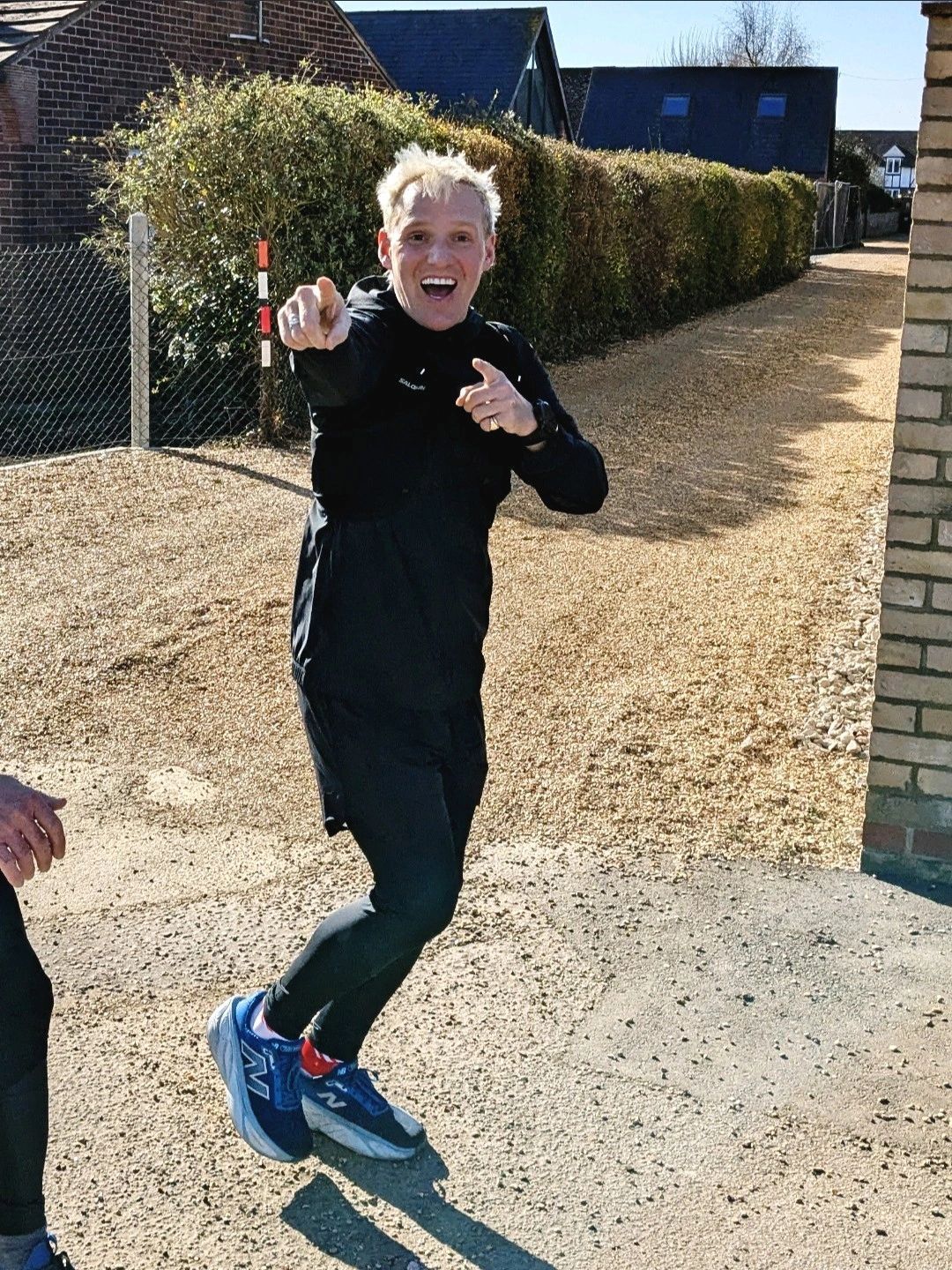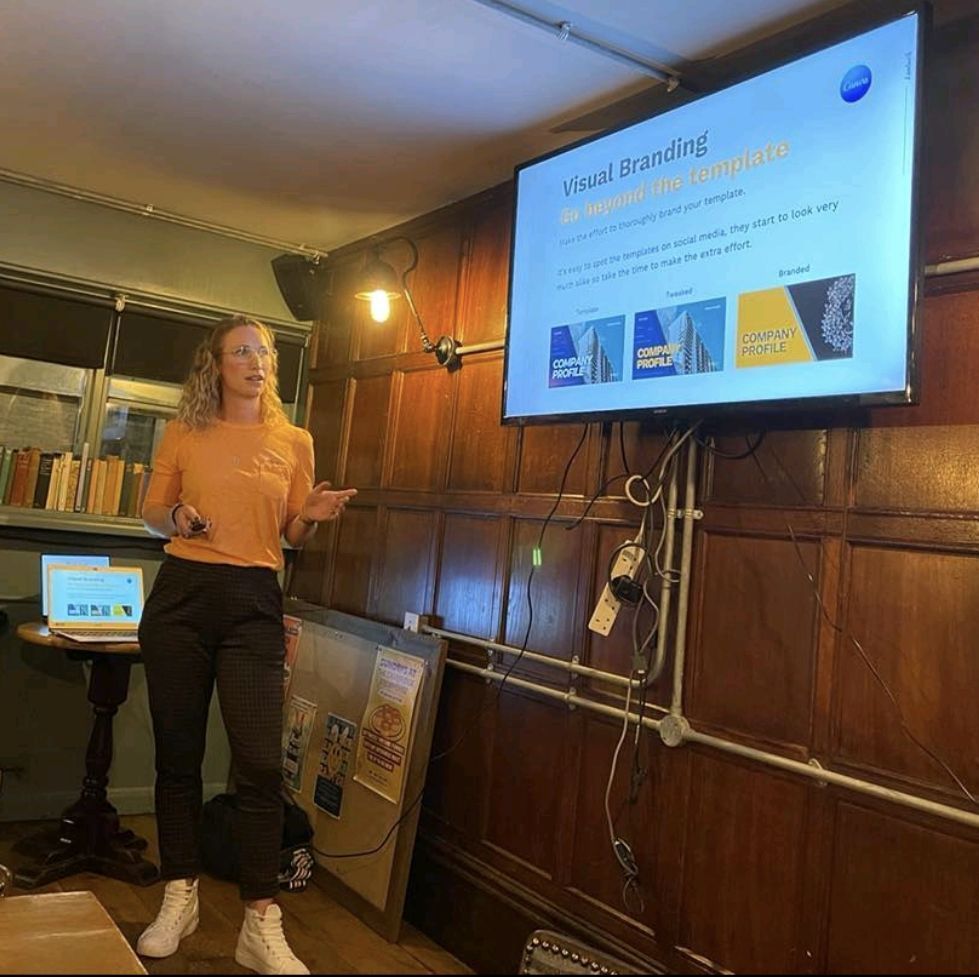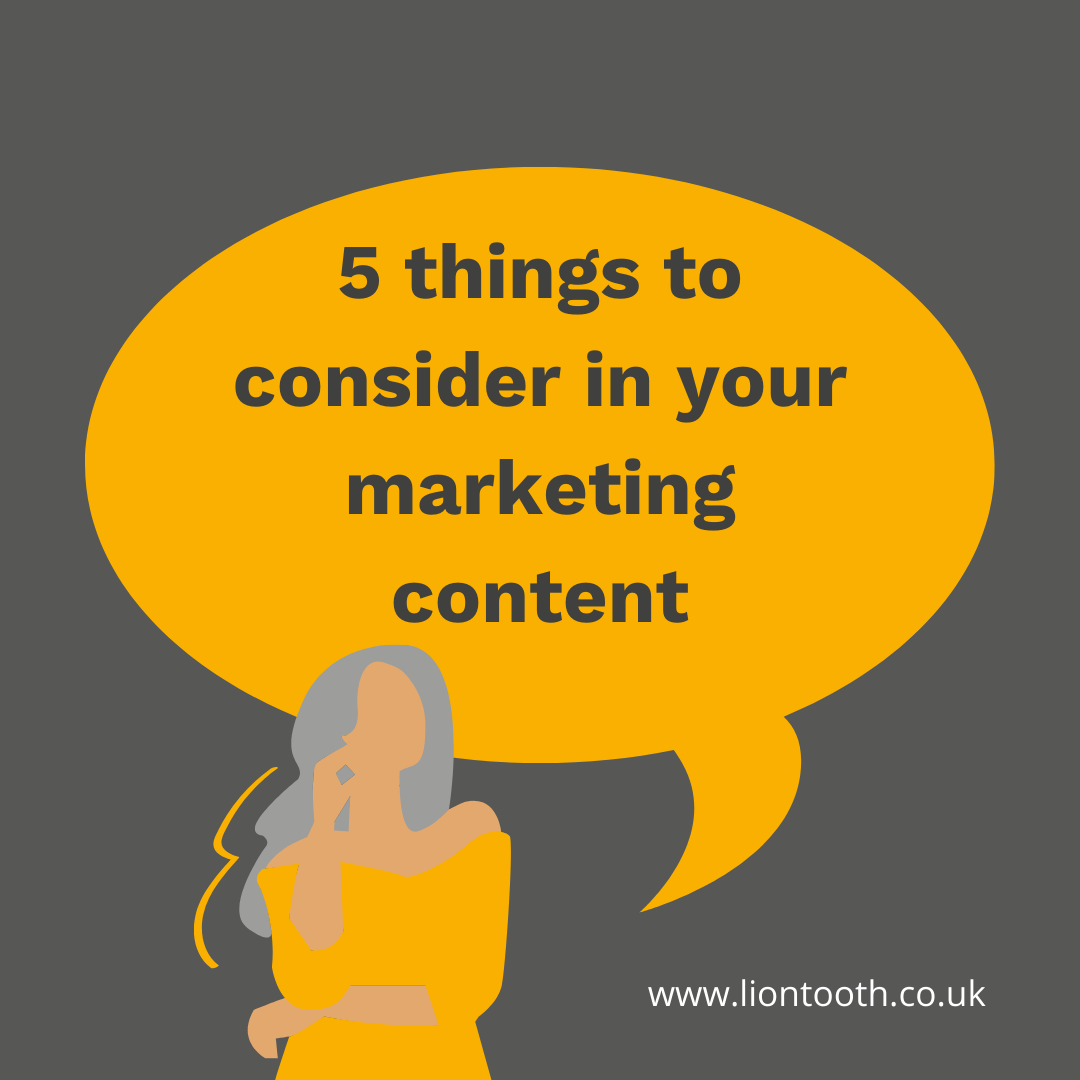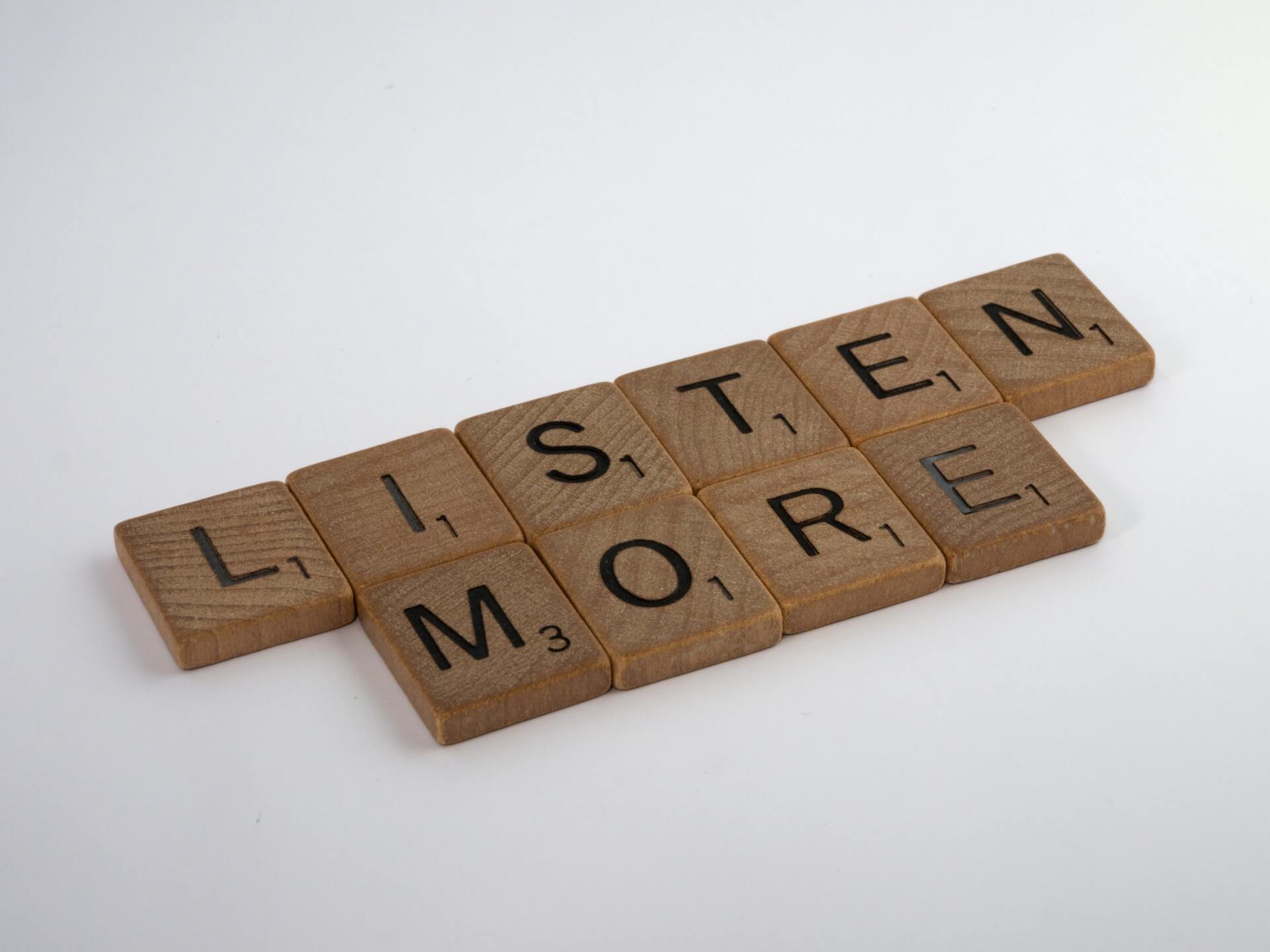Give Value to Your Audience
- By Lisa Ellison
- •
- 06 Dec, 2020
- •
Add to their lives and see engagement soar.

Whether you
are selling products or providing services, it is always imperative that you
GIVE value in your content marketing. Don’t just promote yourself, your
products, your latest offers, your services.
Give value. Real value.
The point of considering what you can give to your audience, in terms of value, is to ensure that you are engaging them, obtaining and holding their attention. If you can do this, they will listen when you talk. If you take your time to consider your content and ensure it is of interest, your audience will be more likely to listen, engage and take action when you DO promote your products or services.
Content marketing is about conversations. You may not always be in an overtly two-way conversation but this is how you have to imagine your content marketing. If you make a statement, what follow-up questions might someone have from that? This feeds your ongoing content, tells a story and maintains engagement.
Don’t’ just talk about yourself. No one wants to be ‘THAT guy’ in real life, neither should you be in content marketing. Talk about the industry, about the wider world, related issues, concerns and considerations.
The problem with constantly talking about yourself and ‘selling’ is that it can begin to feel like spam. It becomes a one-way conversation and people switch off. Imagine that you go to a party and the person who is renowned for being self-obsessed is making their way over to you; do you think ‘I wonder what gems she has today!’ or do you think ‘oh no, how can I avoid this?!’
Consider this and then think about your content marketing. What are you doing? Are you the self-obsessed sales pusher or are you the inquisitive, thoughtful and considerate one that everyone loves to chat to?
If people feel like you’re just constantly pushing your latest offers and trying to get them to buy your products or services, they will get fed up and tune out.
Your audience needs to leave feeling fulfilled and intrigued for more.
Make sure your content is informative, valuable and insightful.

Think about…
… what it is that your audience might like to know
… what they might find interesting
… quick hints and tips to make their lives easier
… what they’re looking for when they stumble across your content
… are you answering the questions that they need answered?
For example, if you own a print business and you are always asked which file format is required for printing, why not write a blog post about that? Give the answers your audience is looking for, explain which file type and why. This then provides content for your social media channels as well as your website.
If you sell products internationally and you’re often asked what sales channels you use, add it your ‘About’ section on your website, write a blog about it, make a video. You’re answering the questions people are asking.
As a general rule, your content should be 80% value and 20% promotional.
Why not have a look at your content and work out how your stats add up?
If you would like help with creating a content plan for your marketing, please get in touch.


Jamie Laing - before you roll your eyes and scroll on, hear me out. (I know, the photo gave away my cliff hanger!) You may have been one of the 50,000+ people that saw my LinkedIn post last week, very much a throw away passing comment, essentially, to say I drove past Jamie Laing on my way home from the school run whilst he was on his fundraising mission for Children In Need.
I followed the story closely last week, quite hooked on his progress and whether or not he would make it. I'm not a celebrity-obsessed person and I rarely engage with anything celebrities do but last week was different and I'm sure I'm not the only one. I believe that many people didn't know he was even embarking on that challenge until last week - I didn't and I listen to Radio 1 daily! I also believe there's a lot of people that either don't know who Jamie Laing is or do know and don't particularly like him - we can't please everyone!
So, what was it about his fundraising effort that gripped the nation and led to him raising over £2m?! It's all about the story. And *this* is a great example of marketing done well - with an emphasis on storytelling and humanising your brand. His fundraising effort, backed by BBC Radio 1 coverage, provides a perfect case study on the power of storytelling in marketing. His journey emphasised his struggle, determination, vulnerability and honesty and that played a pivotal role in engaging the public emotionally and driving donations. If his personal narrative hadn’t been shared so openly, it’s unlikely that such a significant amount would have been raised.
This is something I've also experienced in fundraising efforts that I've been involved in and it makes all the difference but it takes strength to be vulnerable, and I'll always admire those who found the strength to tell their story (you know who you are 💛).
Here's what we can learn about the value of storytelling in marketing:
Emotional connection drives action : Jamie's story wasn't just about asking for donations; it was about sharing his personal experience and struggles throughout last week. People are more likely to connect with a cause when they can empathise with the storyteller. In marketing, emotional engagement creates a bond between the audience and the brand, making them more likely to engage.
Vulnerability builds trust : By being honest and vulnerable about his efforts and the challenges he faced, Jamie Laing built trust with the Radio 1 listeners. Vulnerability *humanises* a brand. In marketing, being transparent and acknowledging (and addressing!) flaws can enhance credibility and build a stronger, more authentic relationship with consumers.
Narrative creates value : Jamie Laing didn’t just promote an event, he shared a compelling and authentic story about his commitment. In marketing, your story can be the difference between blending in and standing out. Crafting a narrative around your brand or product creates meaning, making it more likely to stick in the minds of consumers.
Great - now how can you implement this in your marketing?
If you have ever worked with me, you'll have heard me going on about the importance of authenticity. This applies to everything from branding to customer service. If a brand is transparent about its processes, challenges and goals, customers are more likely to engage and support it.
Emotion drives engagement - whether it’s a product, service or cause, storytelling can create an emotional connection that compels action.
Consistent storytelling over time, where customers can see growth and commitment, helps keep them invested.
So basically, Jamie Laing’s Children In Need campaign demonstrated that storytelling - driven by vulnerability, determination and honesty, was the key to the level of success in his fundraising last week.
For marketers, it highlights that connecting with people on an emotional level, telling authentic stories and leveraging the right platforms can make all the difference in achieving success.
It can feel difficult to build emotion into corporate marketing but there's ALWAYS room to be human.
Does your brand feel a bit fuzzy? Let’s fix that.
The Define & Align Workshopis designed to bring clarity, structure and purpose to your brand- fast.

Sometimes I'll get a message to my inbox referencing my marketing agency
👀 God no! I'm
not an agency! No
. Sorry, no.
I'm a 1.5-person band. (The other half is my husband who's a silent partner, providing the incredible design skills). I don't want to be thought of as a marketing agency. For me it has connotations of frustration, waiting, chasing, and to be fair, more often than not incredible results but still.
I'm a no-nonsense , to the point communicator .
I like to be efficient and get stuff done and that includes getting results for my clients . I like the fact I'm basically flying solo with this, it's easy. It's straightforward. It's DONE.
Let me give you context and insight...
I have experience with agencies from BOTH sides - I've been the client AND the service provider. Honestly, I had challenges with both. See if anything sounds familiar:
From a client perspective , my biggest frustrations were always...
- The huge bill. Sorry guys, I always found it eye watering even though I wasn't paying!
- Not being able to get hold of my point of contact and waiting whilst others frantically ran around trying to get answers for me.
- I felt bad for (and frustrated about) the person playing piggy in the middle. I couldn't speak to Studio to get answers or explanations about design issues/challenges/restrictions. Information was often lost in transit.
As the service provider , (for me) these were my biggest frustrations...
- There too many systems and processes that got in the way of me just getting on and providing the level of service I wanted to.
- Too many other cogs in the wheel slowing down the process.
- Too many hoops to jump through and restrictions.






